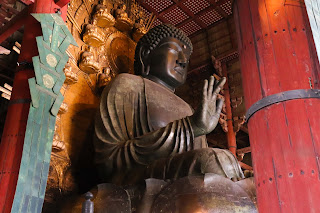Week 6 Storylab: Writer's Write

Too Much Internet 3 Ways Too Much Social Media Can Hijack Your Creativity Social media can create ubiquity. Or, where the algorithm of social media becomes commonplace and creates an “echo chamber” of streamline thoughts. Social media can create literary anxiety. Comparing ourselves to famous writers, celebrities and platforms and falling trap to what’s mainstream, rather than authenticity. Social media creates distraction. Finding oneself easily distracted by social media can kill your creativity. I’m guilty of being distracted by social media, and at one point it was a good distraction from the art block I was going through. It was hard for me to feel inspired and create things, which I found very anxiety inducing. Fortunately, I discovered “The Artist’s Way” by Julia Cameron, which guided me through twelve weeks of creative and personal activities. During that time, I found that being on my phone constantly sapped my creative energy. I was moti...




